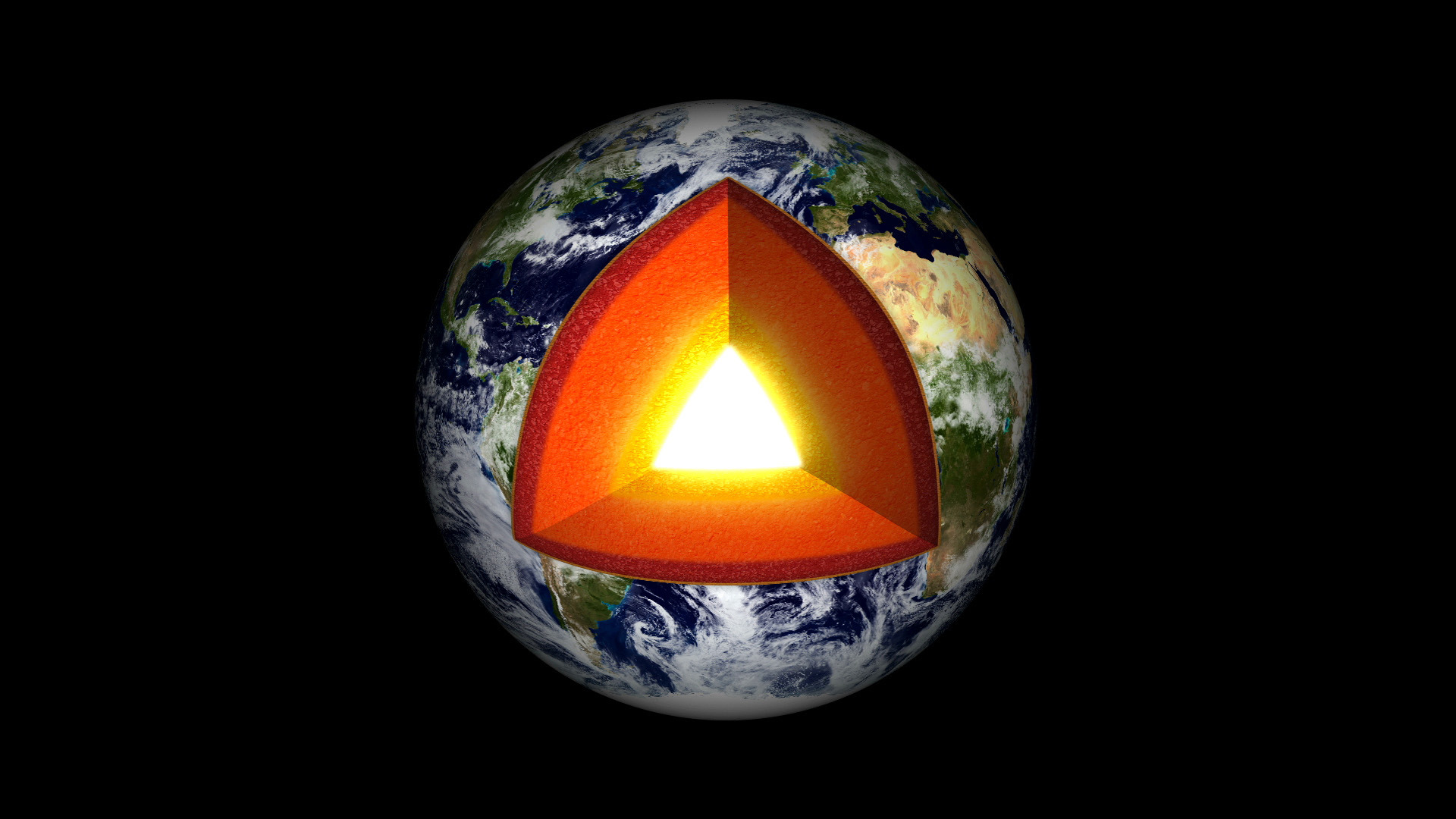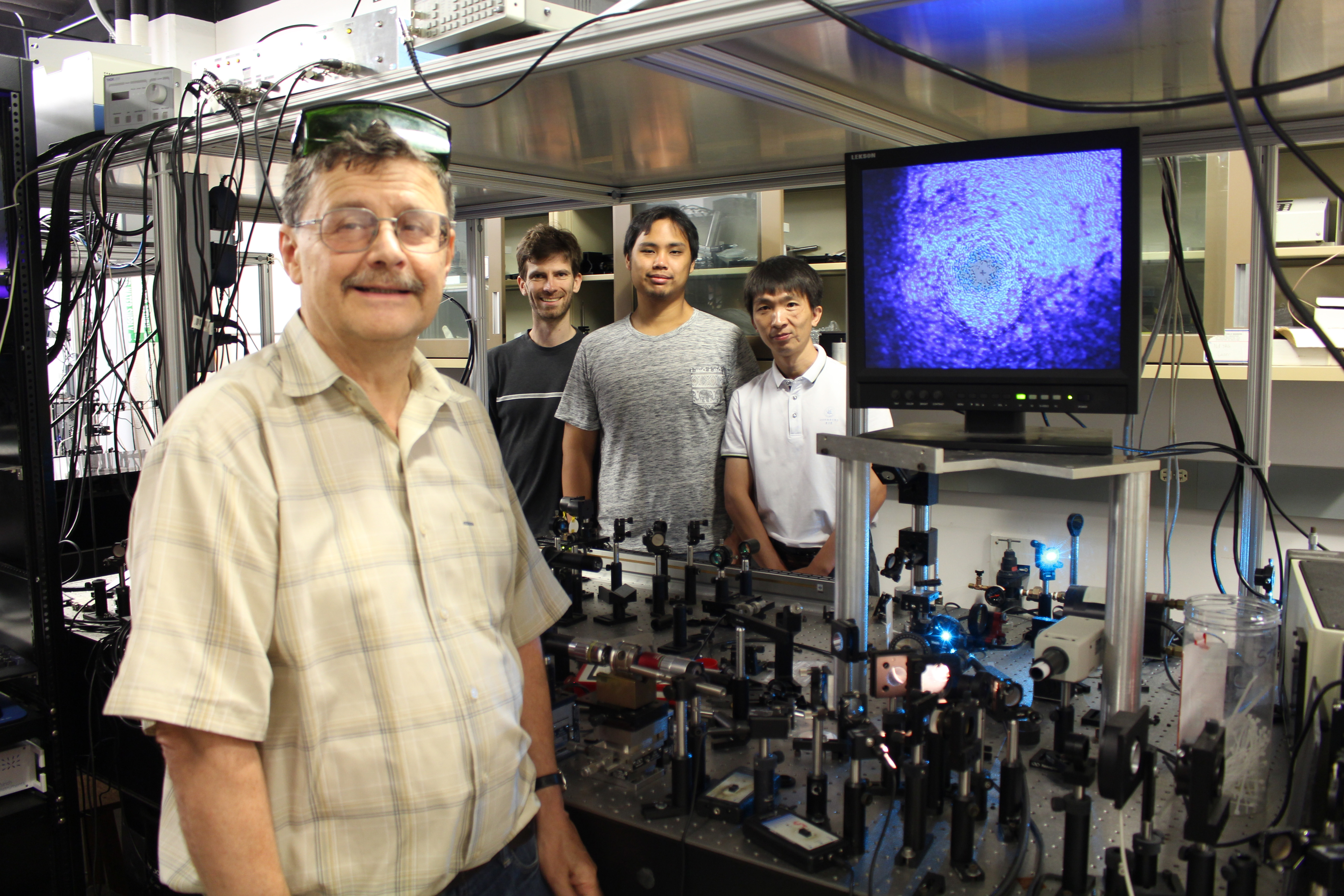Surprise About Earth’s Protective Magnetic Field
Carnegie In The News
"With this new high-resolution data on the gap, the duo are effectively saying, ‘No, really, really. It’s really there,’ quips seismologist Lara Wagner of the Carnegie Institution for Science, who has extensively studied the Farallon plate."

Life on Earth’s surface cannot exist without our magnetic field. It deflects dangerous ionizing particles from solar wind and cosmic rays. The convective motion of liquid iron in Earth’s outer core, called a geodynamo, generates this field. But new research from a team, including current and former Carnegie scientists, examined how lighter elements in the mostly iron core could affect the geodynamo’s origin and sustainability. Surprisingly, they found that the outward flow of heat from the core, when iron is alloyed with silicon, is sufficient to sustain the geodynamo through thermal convection alone.
Thermal conduction and convection in the core are the two major heat transfer mechanisms. The thermal conductivity of the alloy of iron and other elements in the core is necessary to reconstruct the thermal and geodynamo history of the core, but it had not been directly measured at the high pressure and temperature conditions found there until this study.
The core is predominantly iron, but seismic data indicates that lighter elements like oxygen, silicon, sulfur, carbon, and hydrogen were dissolved into it during the differentiation process, which created Earth’s layered structure of crust, mantle, and core. Silicon is the third most abundant element in the Earth. The researchers studied a silicon-iron alloy because of its geophysical and geochemical characteristics.

This artwork shows Earth’s interior. The top crust sits on the mantle, which surrounds the core where the geodynamo is generated. Image courtesy NASA
The research team was led by Wen-Pin Hsieh of Academia Sinica and National Taiwan University, with current and former Carnegie scientists Alexander Goncharov, Nicholas Holtgrewe, Sergey Lobanov, and Irina Chuvashova. They subjected solid iron and different alloys of iron and silicon, to core conditions, up to 1.4 million times atmospheric pressure (144 GPa) and temperatures up to 5500°F (3300 K).

Alex Goncharov is shown (foreground) in his lab with some of his colleagues. Image courtesy of Carnegie Institution for Science
They found that the geodynamo could have functioned on heat transmission alone for the planet’s entire history with a core concentration of about 8 weight percent silicon alloyed with iron. The research community has had a broad range of possible ages for the inner core from 0.5 to 2 billion years old. But this result suggests that the age of Earth’s inner core could be much older.
The geodynamo created in Earth’s core creates Earth’s magnetic field, which protects life on Earth’s surface from dangerous ionizing particles from solar wind and cosmic rays.
Carnegie’s Peter Driscoll, who models the dynamo, theoretical physicist Ron Cohen, and Goncharov recently joined efforts in addressing this issue. They plan to perform more experiments and theoretical calculations on materials with different compositions and refine their dynamo models.
opensource.jpg)
The geodynamo created in Earth’s core creates Earth’s magnetic field, which protects life on Earth’s surface from dangerous ionizing particles from solar wind and cosmic rays. Image courtesy of Shutterstock.
